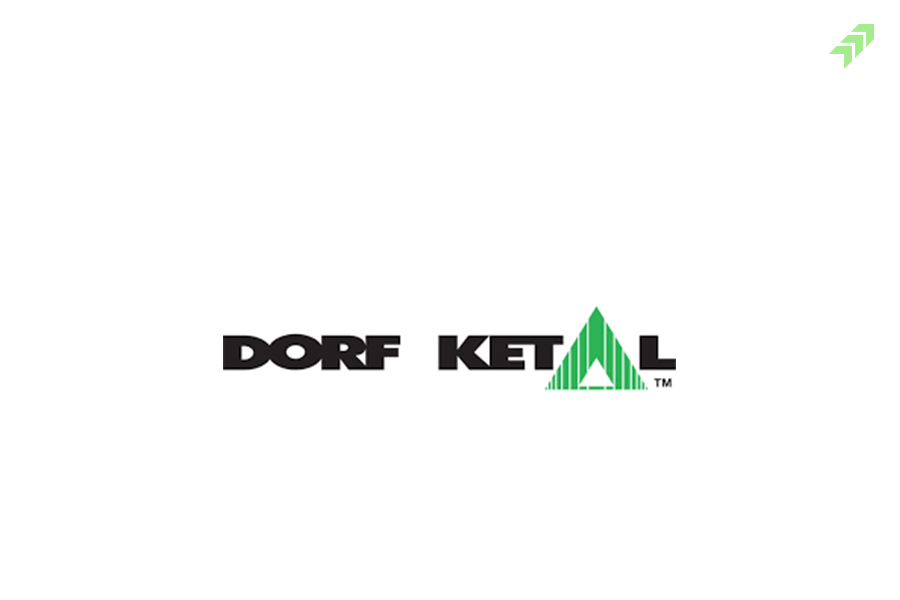According to official figures, India's GDP grew by 13.5% in the April-June period this fiscal, the quickest in the prior four quarters, supported by an increase in private consumer expenditure and capital investments. The Reserve Bank of India (RBI) restated its 7.2% GDP growth prediction for 2022-23 earlier this month, with the first quarter predicted to rise 16.2%, which came out much lower than expected. When compared to the pre-pandemic era of Q1 2019-20, GDP growth in the first quarter was 3.8%, which was lower than our predictions. According to the figures, Gross Value Added (GVA) increased by 12.7% from April to June of this year. The agriculture sector's GVA increased by 4.5% in Q1. GVA growth in the manufacturing sector, on the other hand, slowed substantially to 4.8% during the quarter. GDP growth was bolstered by of GDP in the first quarter of 2022-23, and Gross Fixed Capital Formation (GFCF), which indicates capital investments in the economy, which increased to 34.7% of GDP in the first quarter of 2022-23. During the first quarter, GVA growth in the services sector (trade, hotel, transportation, communication, and broadcasting-related services) was 25.7%. Economists expect the headline growth rate to moderate in the ongoing quarter as base effects fade out and uncertainties around global growth, elevated inflation and unemployment, and fears of a global recession prevails.
Since 2015, the majority of Indian FDI inflows have been concentrated in service industries, notably in the computer and internet sphere, at the expense of manufacturing. The key probl em confronting the Indian e conomy was underinvestment, and without adequate investment-led development, without more FDI and partnerships in capitalintensive industries, India is unlikely to establish itself as a premier manufacturing centre and absorb supply chain migration away from China. Private investment in physical assets, especially infrastructure, is critical to maintaining India's world-leading growth, since budgetary space to increase spending remains restricted. However, the budget for 2022-23 has a silver lining in that it reduces subsidies to 8% of total spending while increasing infrastructure spending by 35.4% to over $100 billion.
The pressure on emerging-market currencies is increasing as the Federal Reserve raises interest rates. The central bank lifted the benchmark policy rate by 140 basis points to keep pace with US Fed rate rises, as well as to keep the currency from weakening and to keep inflation below its 6% objective. The RBI's quick pace of rate rises since April has resulted in a steep rise in borrowing costs, while the global economy's downturn is expected to dampen demand for local products and services


















No comment yet, add your voice below!